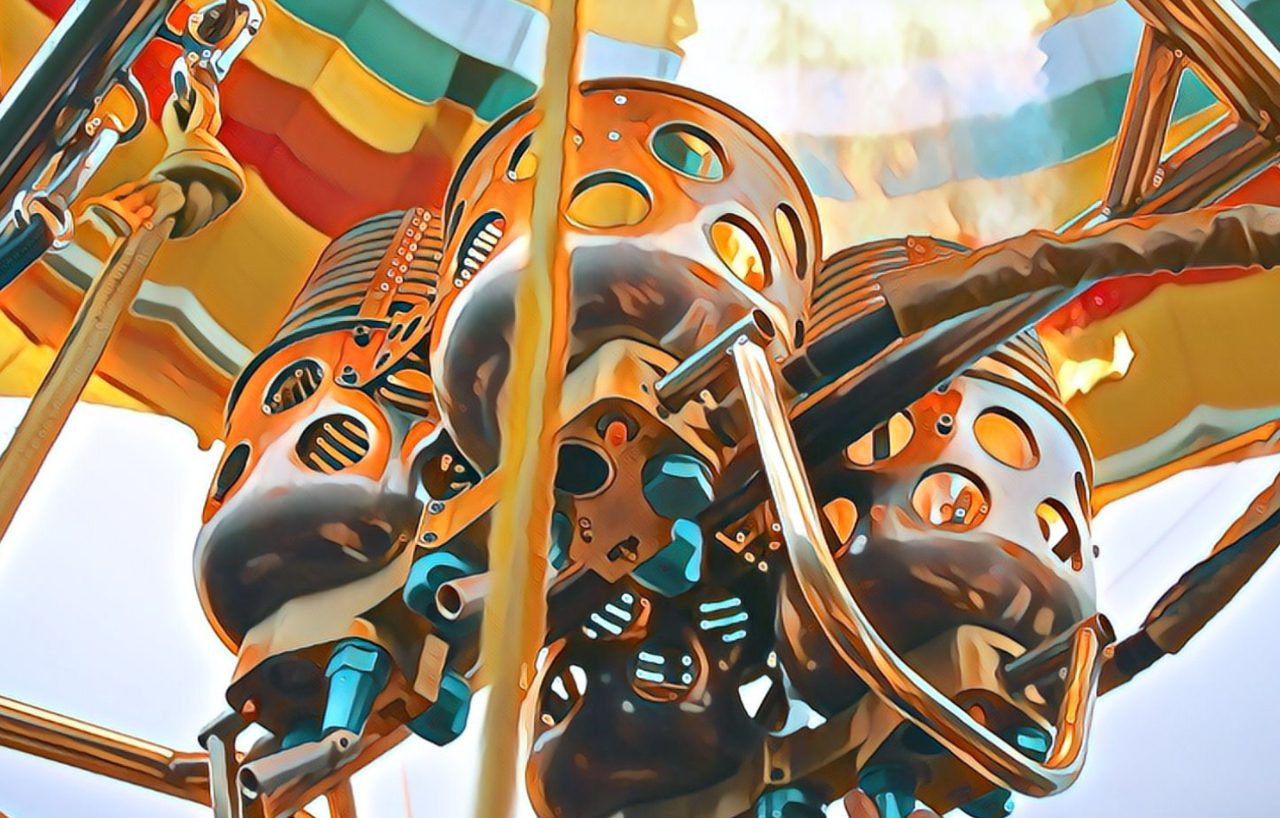The Barbie doll, an iconic and beloved toy, has enchanted generations of children since its creation. With its fashion-forward style and boundless imagination, Barbie has become a cultural phenomenon. In this captivating story, we embark on a journey through time to explore the fascinating history of the Barbie doll, from its humble beginnings to its status as a global pop culture icon.
1. Birth of an Icon:
The story of Barbie begins in 1959 when Ruth Handler, co-founder of Mattel, noticed her daughter Barbara’s fascination with paper dolls and their imaginative play. Realizing the market potential, Ruth envisioned a three-dimensional adult-bodied doll that would empower girls to dream and explore their aspirations.
2. The First Barbie:
Debuting at the American International Toy Fair in 1959, the first Barbie doll instantly captured attention with her striking features and fashionable attire. Designed by Ruth Handler and created by Mattel’s engineer, Jack Ryan, Barbie represented a departure from traditional baby dolls, offering girls a chance to play with a glamorous, adult-like figure.
3. Fashion and Evolution:
Over the years, Barbie underwent countless transformations, evolving her style and reflecting the changing times. From her iconic black-and-white striped swimsuit to elaborate couture gowns, Barbie’s wardrobe expanded to encompass a vast array of careers, hobbies, and cultural representations. Her fashion choices became an integral part of her identity, inspiring generations of young fashion enthusiasts.
4. Cultural Impact and Controversies:
Barbie’s cultural impact was both profound and controversial. As a symbol of femininity and aspiration, Barbie became an influential toy that shaped girls’ perceptions of beauty, careers, and societal expectations. However, her unrealistic body proportions sparked debates about body image and perpetuation of narrow beauty standards. Mattel, in response, introduced diverse dolls with varying body types, skin tones, and hairstyles in recent years, aiming for greater inclusivity.
5. Global Phenomenon:
Barbie’s popularity extended far beyond the United States, captivating audiences worldwide. With her international editions representing different countries and cultures, Barbie embraced diversity and fostered cross-cultural understanding. She became an ambassador of imagination and a symbol of empowerment for girls across continents.
6. Collaborations and Collector’s Items:
Barbie’s enduring success paved the way for numerous collaborations with fashion designers, celebrities, and brands. From couture collaborations with the likes of Oscar de la Renta and Versace to partnerships with iconic figures such as Audrey Hepburn and Frida Kahlo, Barbie showcased her versatility and cultural relevance. Limited edition collector’s items became highly sought-after, with Barbie dolls becoming valuable collectibles.
7. Beyond the Doll: Multimedia and Entertainment:
Barbie’s influence expanded into various forms of entertainment. From animated movies to web series and video games, Barbie’s multimedia presence allowed girls to engage with her storylines, adventures, and messages of empowerment. Barbie’s impact transcended the toy box, becoming an inspiration for storytelling and positive role modeling.
Conclusion:
The history of the Barbie doll is a testament to the power of imagination, empowerment, and cultural influence. From its humble beginnings as a visionary creation by Ruth Handler, Barbie has transformed into a global icon, inspiring generations of children to dream big, embrace diversity, and envision a world where their aspirations know no bounds. As Barbie continues to evolve, adapt, and empower, her legacy as a symbol of imagination, fashion, and aspiration remains firmly ingrained in our collective consciousness.



